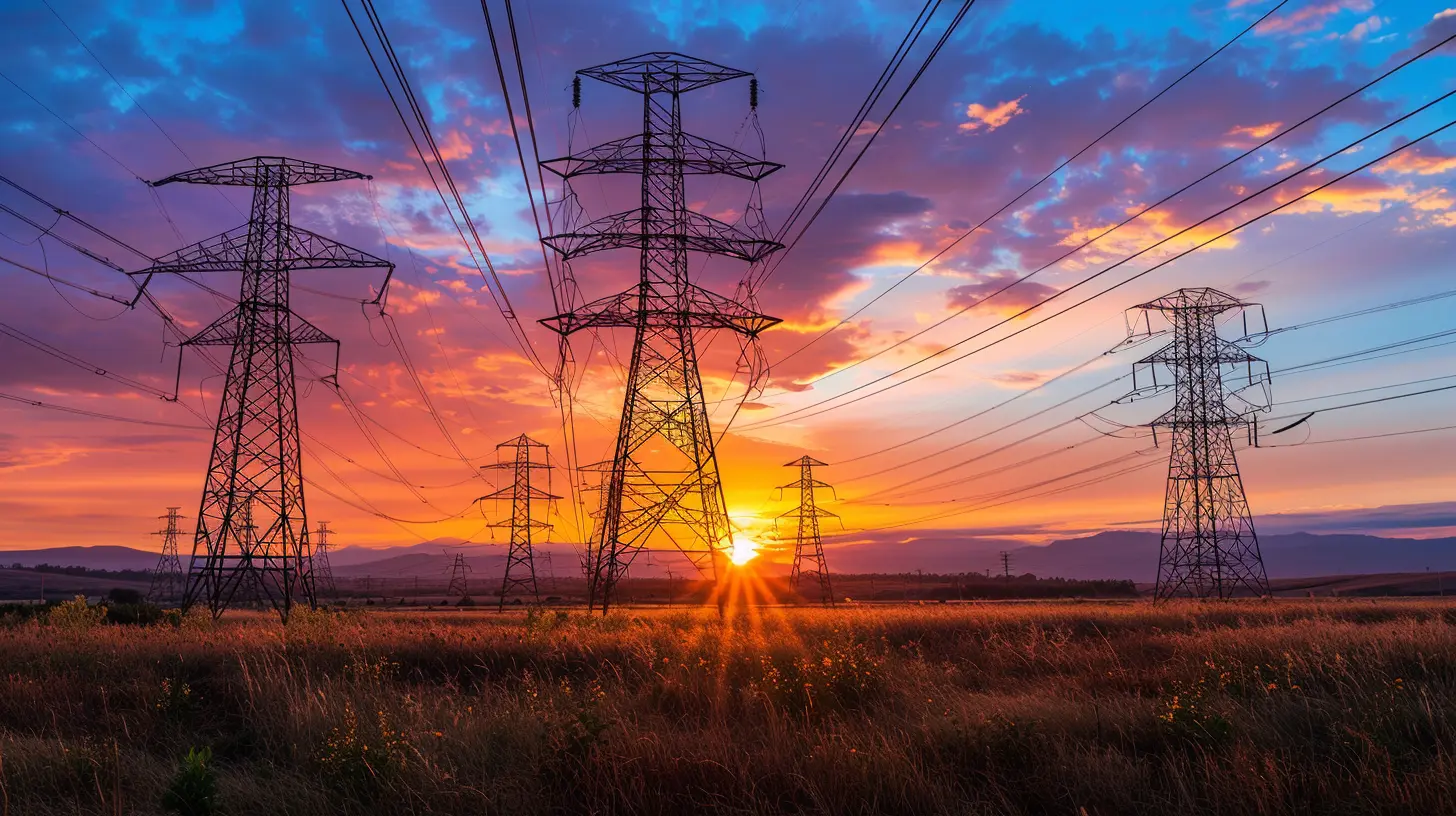How to Afford Rising Energy Costs in Your Household
25 November 2025
Let’s face it—we all feel that pinch when the utility bill lands on the doormat (or inbox) and it’s higher than last month... again. Energy costs aren’t just creeping up, they’re sprinting. Whether it’s due to inflation, global supply issues, or just plain bad luck with weather conditions, households everywhere are asking the same thing: _“How do we manage these rising energy costs without compromising our comfort or going broke?”_
Well, you’re not alone—and the good news? There are plenty of practical, effective ways to lower your monthly energy expenses and get your budget back on track. No gimmicks, just smart choices.
In this article, I’ll break down everything you need to know to afford rising energy costs in your household, from everyday habits to bigger investments that’ll pay off in the long run.
What’s Causing Energy Prices to Soar?
Before we get into what you can do about it, let’s take a quick look at why energy prices are climbing in the first place.Several factors come into play:
- Global energy demand: As more countries industrialize, the worldwide demand for oil, gas, and electricity climbs.
- Supply disruptions: Natural disasters or geopolitical conflicts (like wars or trade disputes) can disrupt supply chains.
- Aging infrastructure: In many regions, outdated power grids need upgrades, and those upgrades aren’t cheap.
So, what does this mean for you? Rising prices are likely here to stay for the foreseeable future. But that doesn’t mean you’re powerless (pun intended).
Step 1: Audit Your Energy Usage
You can’t manage what you don’t measure. If you’ve never looked closely at your energy consumption, now’s the time.Ask yourself:
- Which appliances are running the most?
- Are you heating or cooling rooms no one uses?
- Do your lights stay on all day, even if natural light's pouring in?
Try This: Track Your Energy for a Week
Take a week to observe your household’s energy use. Write down:- Number of hours the TV is on
- Laundry cycles per week
- Thermostat settings
- Number of lightbulbs in use
This mini-audit can be eye-opening. You might be shocked at where your dollars are going.
Step 2: Switch to Energy-Efficient Appliances
Older appliances can be real energy hogs. That 15-year-old fridge might be quietly draining your wallet every single day.Look for the Energy Star Label
Energy Star-rated appliances use up to 50% less energy than their older counterparts. Yes, upgrading your washer or fridge might be a bigger upfront cost, but the savings stack up month after month.It’s like trading in a gas guzzler for a hybrid—you’ll save way more in the long-run.
Step 3: Upgrade Your Home’s Insulation
Heating and cooling typically make up the biggest chunk of your energy bill. So if your home isn’t well insulated, you’re basically throwing money out the window—literally.Key Areas to Insulate:
- Attic: Heat rises, and it’ll escape fast if your attic isn’t insulated.- Walls: Especially external walls that face the wind.
- Windows and doors: Drafty gaps can lead to major heat loss.
Even small upgrades like weather stripping your doors or using thermal curtains can make a noticeable difference.
Step 4: Adjust Your Thermostat Habits
Let’s talk thermostats. There’s a big difference between 68°F and 72°F when it comes to your energy bill.Smart Thermostats Are Game Changers
Tools like Nest or Ecobee learn your habits and adjust your heating and cooling automatically—saving you money without sacrificing comfort.Even if you don’t go high-tech, lowering your thermostat by just 1–2 degrees in the winter (and raising it in the summer) can save 5–10% on your bill.
Step 5: Make Simple Daily Habit Changes
Not everything requires a big financial investment. A lot of energy-saving tips are just common sense—stuff your grandparents probably did without even thinking.Easy Wins You Can Start Right Now:
- Switch off lights when you leave a room.- Unplug electronics—many draw power even when they’re off (we call this “phantom energy”).
- Do full loads of laundry and dishes.
- Air-dry your clothes when possible.
- Use energy-efficient bulbs like LEDs (they use 75% less energy and last way longer).
It’s amazing how fast little changes can add up. Think of it like trimming small branches—you end up saving the whole tree (or in this case, your paycheck!).
Step 6: Consider Alternative Energy Sources
Ready to go next level? If you're in a spot financially (or get some incentives from your state), it might be time to invest in renewable energy.Solar Panels
Yes, they’re pricey upfront—but once installed, they can slash your electricity bill dramatically, and in some cases, even eliminate it.Many states also offer rebates, tax credits, or even allow you to sell back excess energy to the grid.
Community Solar or Wind Programs
Not ready to install panels? Community energy programs let multiple homes share in the power produced from one renewable site. It's a way to go green without going broke.Step 7: Use Budget Billing Programs
Most utility companies offer budget or levelized billing. This means they take your average energy use over the year and bill you the same fixed amount each month.It’s not a discount per se, but it definitely helps with cash flow and avoids those painful winter or summer spikes.
Step 8: Apply for Energy Assistance Programs
There’s absolutely no shame in getting a little help. If you’re really struggling, there are programs—both federal and local—designed to help.Programs Worth Checking Out:
- LIHEAP (Low Income Home Energy Assistance Program) – A federal program that helps with heating and cooling costs.- Weatherization Assistance Program (WAP) – Provides funding to improve the energy efficiency of qualifying homes.
- Local nonprofit grants – Many community organizations also offer help with utility bills.
Even calling your energy provider directly and expressing hardship may make them offer you payment plans or discounts you didn’t know about.
Step 9: Evaluate Your Lifestyle Choices
Lastly, ask yourself—are there lifestyle adjustments you’re willing to make to trim the bill?- Can you cook more meals in a slow cooker or toaster oven instead of firing up the stove?
- Are you taking long, hot showers that could be shortened?
- Could you spend more time outside rather than running electronics in every room?
This doesn’t mean living like it’s the 1800s, but being mindful of how you live daily can stretch your dollars further.
Final Thoughts: Small Tweaks or Major Changes—They All Add Up
Rising energy costs are a challenge, no doubt. But they’re not insurmountable. By combining small habit changes with smart investments and using available resources, you can gain control over your household energy costs.Remember, affordability doesn’t always mean slashing services—it’s about making your home smarter, your habits more efficient, and your money work harder for you.
So, what’s your next step? Maybe it’s sealing up those drafty windows, or finally looking into that smart thermostat you’ve been eyeballing.
Whatever it is, don’t wait. Your future self—and your wallet—will thank you.
all images in this post were generated using AI tools
Category:
Cost Of LivingAuthor:

Audrey Bellamy

